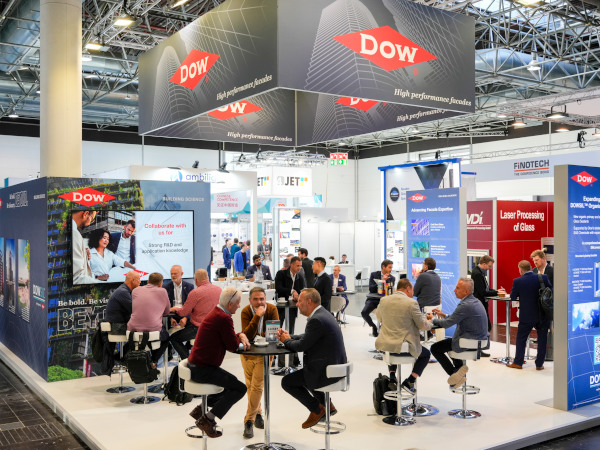Date: 1 September 2015
However, while they are both classified as Active Smart Glass, meaning they require an electrical current to change their properties, they utilise different technologies. As a result, they offer unique benefits and applications.How They Work:LC Smart Glass, also known as Privacy Smart Glass, sandwiches a thin layer of liquid crystals and liquid polymer between transparent electrical conductors.These are then laminated between two layers of glass. When there is no power, the crystals scatter throughout the liquid, blocking all light and offering instant privacy. However, when voltage is applied, the crystals align, changing the glass from clear to opaque in an instant. Privacy Smart Glass has is designed to have only two states – ON or OFF making it ideal for interior applications.
On the other hand, SPD Smart Glass, also known as Solar Smart Glass, suspends a thin layer of microscopic particles in liquid, either between layers of glass or attached to one layer. When no current applied, the particles are random, causing the glass to appear translucent. However, these align when voltage is applied, turning the glass transparent. Unlike Privacy Smart Glass, the user can control the amount of light passing through – like the volume on a TV – giving users total control the amount of heat, light and glare passing through the glass. This removes the need to permanently tint the windows, and results in energy savings on lighting, shading and cooling costs.
.jpg)
Applications:
While both types of glass can be used wherever privacy is desired, such as busy office environments, many architects use them for specific types of projects. For example, though LC Smart glass blocks over 99% of UV Rays, it’s commonly used for commercial displays and security reasons in corporate environments. Meanwhile, SPD Smart Glass is popular for external windows and facades, as it offers solar control.
Practicalities:
For practical reasons, both LC and SPD Smart Glass weigh the same. For example, Smartglass International offer both glasses in the 11mm format, weighing 27.5 kg/m. They also require the same voltage – 110V AX 60Hz, meaning they can be used interchangeably in projects, without having to alter the supporting structure. Moreover, both glass types are available in a range of shapes, can be bent or curved and if used in combination with tinted glass they can be customised to your project.
For more information on LC and SPD Smartglass, contact Smartglass International today, or check out our projects page to view the wide range of possible applications.









Add new comment